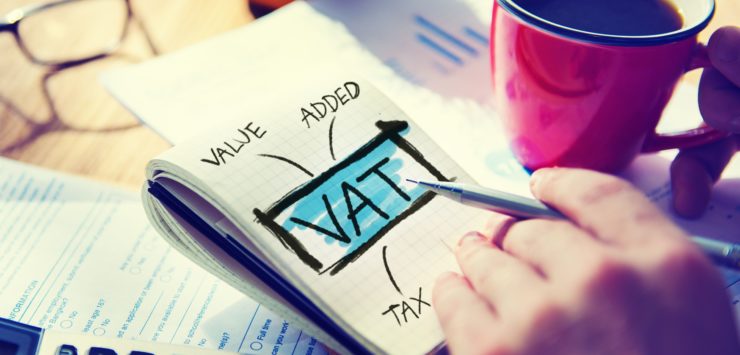
HMRC have a number of special VAT schemes which are designed to reduce administration, but can also reduce or defer the VAT due. Probably more than half of all registered businesses are eligible for one or, sometimes, more of these schemes. Small businesses, in particular, should find out if any apply to them.
Flat Rate Scheme (FRS)
For businesses up to £150,000 annual turnover, this allows the taxpayer to use a fixed percentage of their income to calculate their net VAT payment each quarter. The percentage depends on the nature of the business. Many businesses find a real cash saving, as well as reduced administration.
With effect from 1 April 2017, HMRC introduced the ‘Limited Cost Trader’ rule. This sought to target avoidance using the FRS. But it affects many small businesses. In some cases, it is better to leave the scheme altogether.
Cash Accounting (CA)
For businesses up to £1.35m in annual turnover. Output tax and input tax are shown on a VAT Return only when the payment is received or made. This provides automatic VAT relief from bad debts.
Annual Accounting (AA)
For businesses up to £1.35m in annual turnover. There is a single VAT Return, submitted at the end of the year, with interim payments being made. This is often suitable for seasonal businesses. Note that a business using AA can also use CA.
Margin Schemes
For dealers in second hand goods, applicable for any size business. This scheme allows dealers in second hand goods to pay VAT on the profit margin, instead of on the full selling price. The ‘savings’ are substantial, so it is important that dealers fulfil the various conditions of the margin scheme. In particular, the dealer has to maintain a Stock Book, and his invoices have to include certain information. It is advised that margin scheme dealers do not use CA, as that actually defers the claiming of input tax.
Retail Schemes
For businesses selling mainly to private individuals, where invoices are not usually provided. If your sales are of more than one rate of VAT, then you will calculate your output tax using a percentage, rather than calculating VAT on each transaction. A good electronic till is advisable, although not mandatory.
There are a number of calculation methods available. Some are more complex, and therefore more accurate. Other are simpler to operate.
by Leshoward
Disclaimer: These articles are brief introductory comments on some areas of Tax, You will appreciate that whilst every effort is taken to ensure accuracy, your own circumstances may be sufficiently different, such that the Tax outcome is not the same. Therefore please do not rely on the article as ‘professional advice.’ In all cases it is recommended that you seek advice applicable to your own situation.












LEAVE A RESPONSE